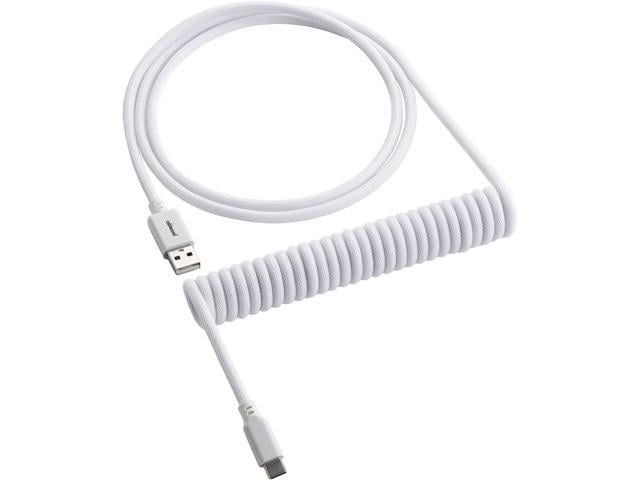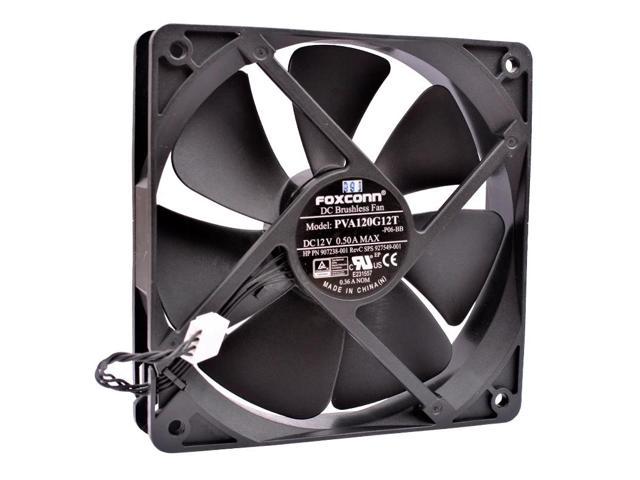Vegetables are a staple for a healthy diet. They are low in fat and calories, but supply essential dietary fibers, vitamins and minerals. Vegetables can be perennials, biennials or annual. The soil type, climate, rainfall patterns, temperature, length of day, etc. have an influence on vegetable cultivation. The growing season for vegetables can be lengthened by using plastic mulch, fleece, cloches, greenhouses and polytunnels. The tools used in cultivation in domestic and commercial establishments are varied. Spade, hoe, fork, drill, transplanter, irrigation equipment, plough, etc. are some of such tools. Post-harvest care is important for ensuring long storage durability of vegetables. Most vegetables are short lived. Cold storage, shade storing and storage in high-humidity areas are commonly practiced to appropriately store vegetables. These ensure that their nutritional value remains intact. Irradiation of vegetables using ionizing radiation is used for preservation from physical deterioration, microbial infection and insect damage. This book provides comprehensive insights into the production and cultivation of vegetable crops. It picks up aspects of cultivation, harvesting, storage and preservation of vegetable crops and explains their need and contribution in the context of a growing economy. This book will serve as a reference to a broad spectrum of readers interested in this domain.















